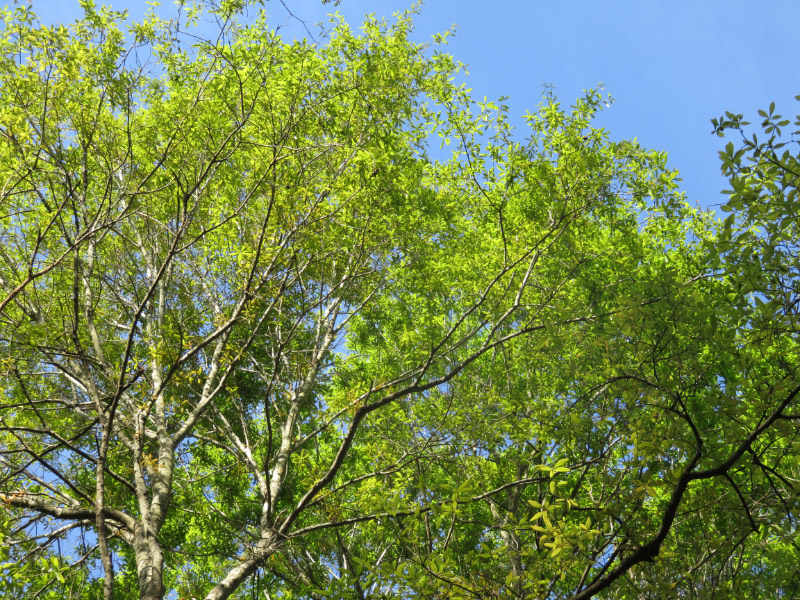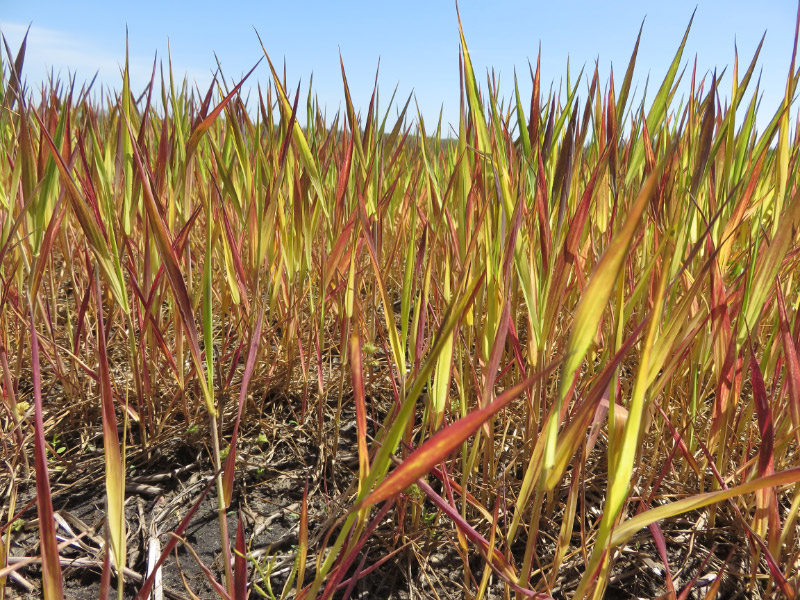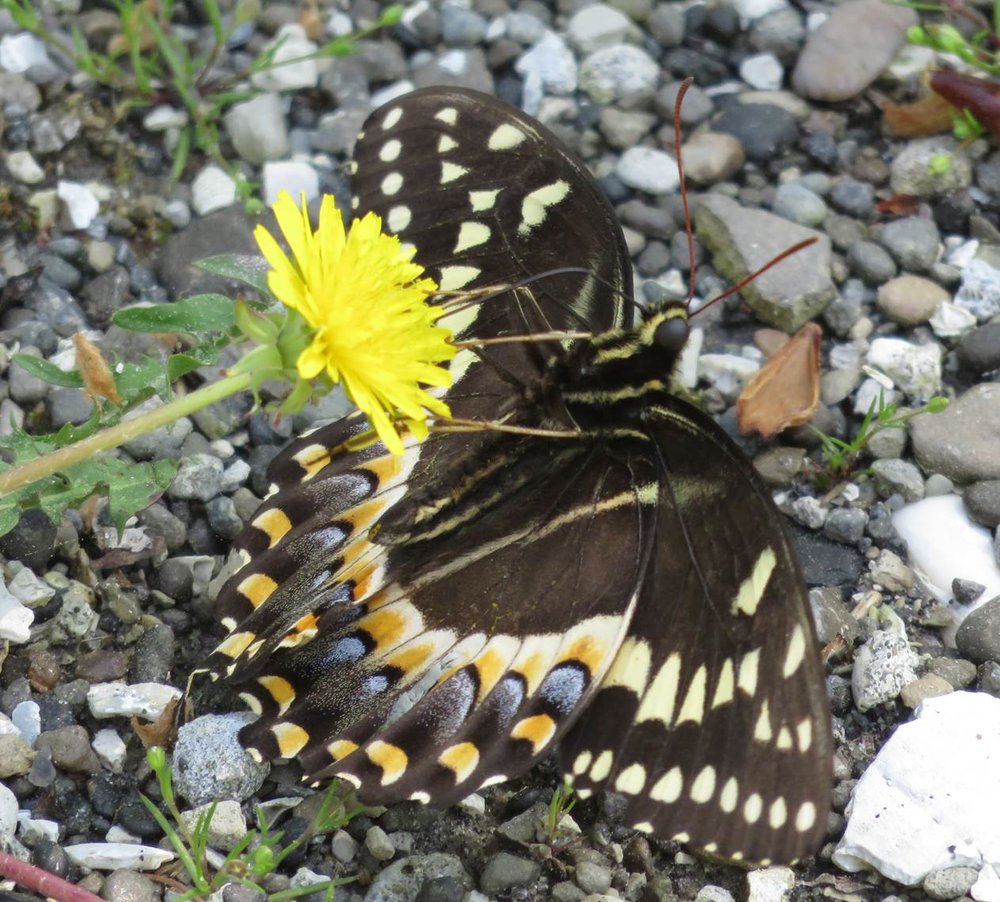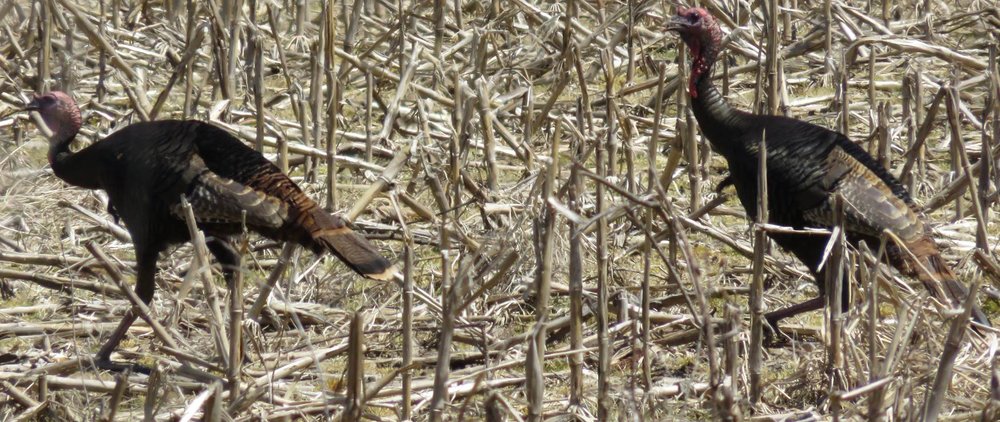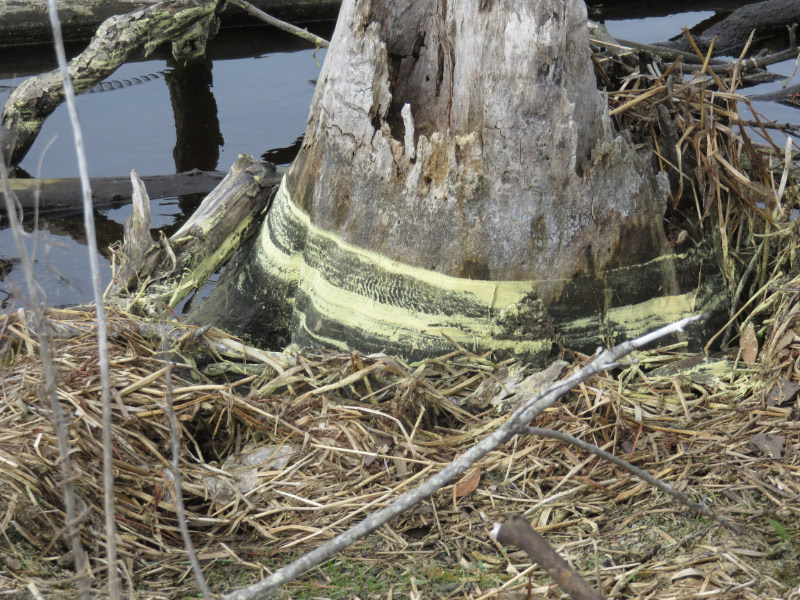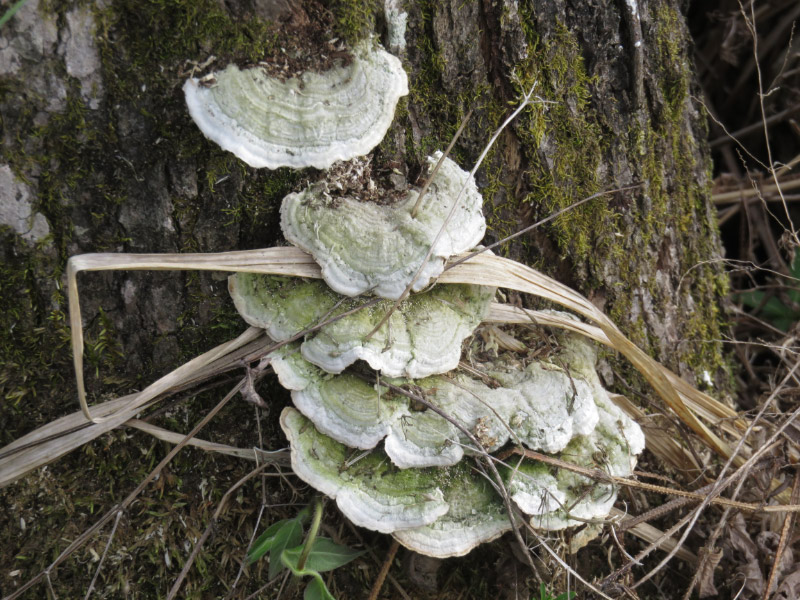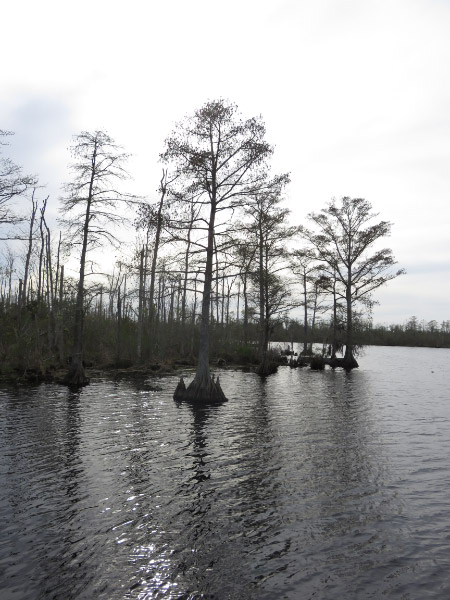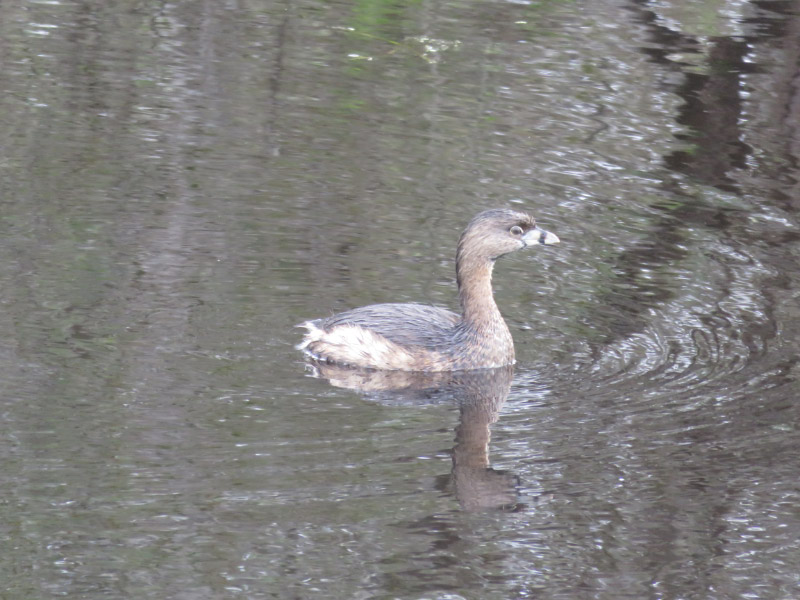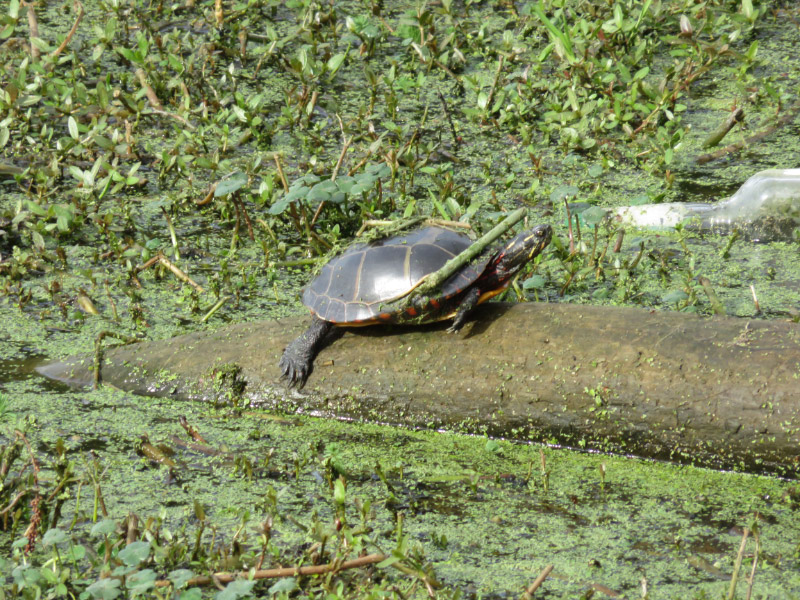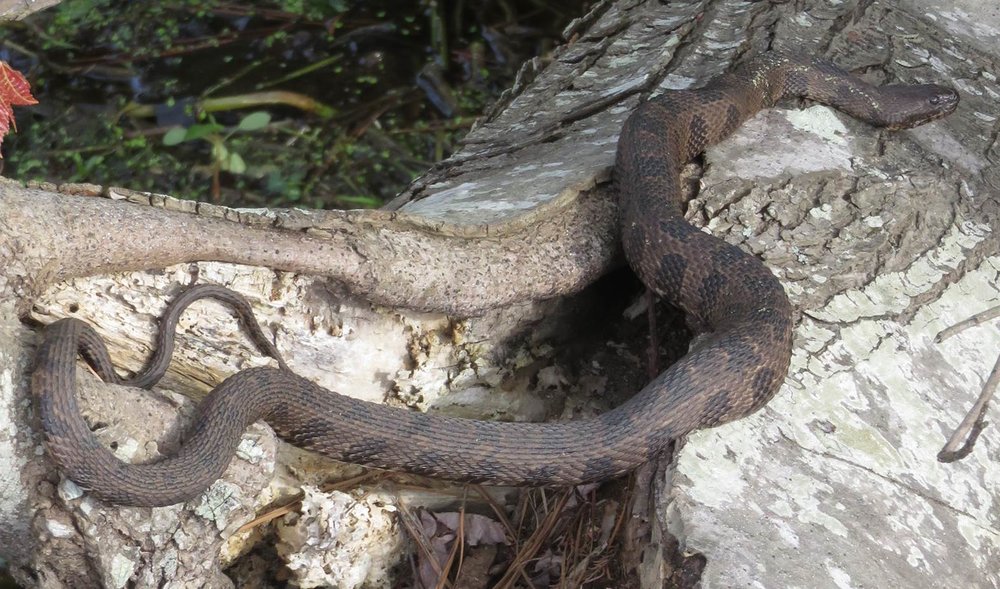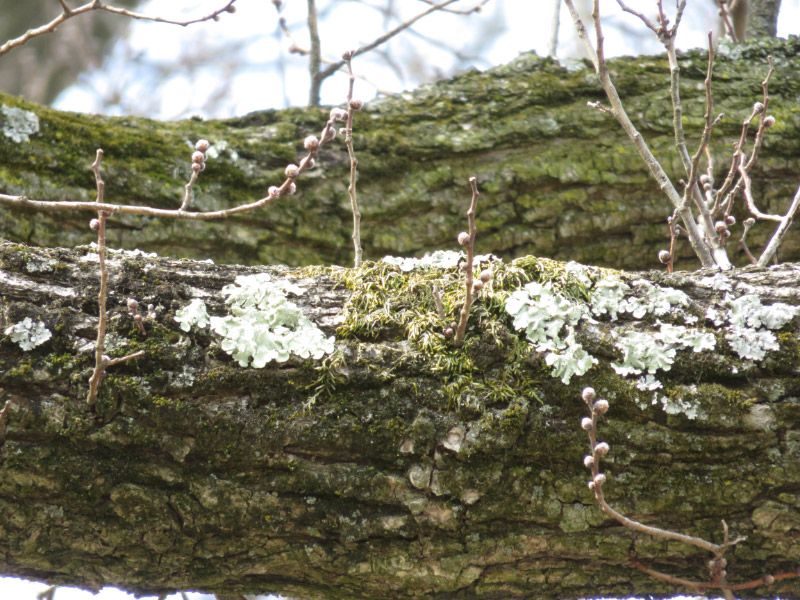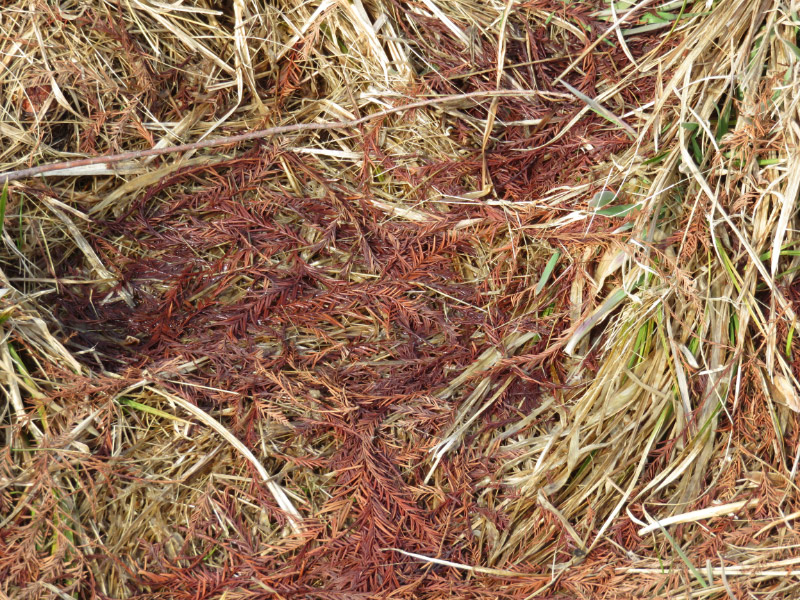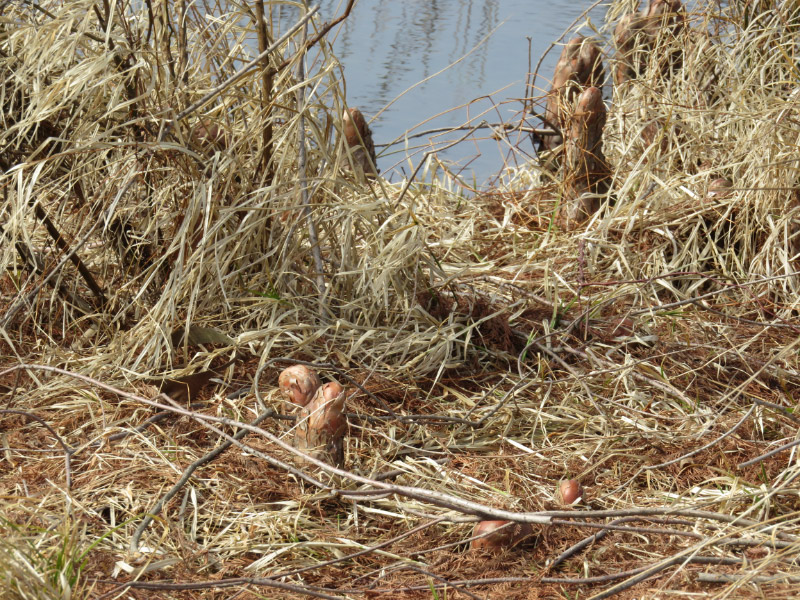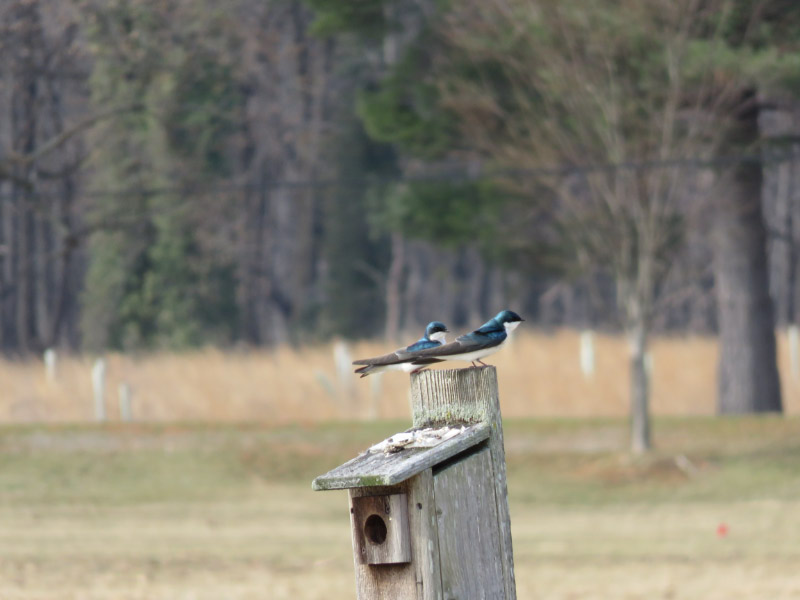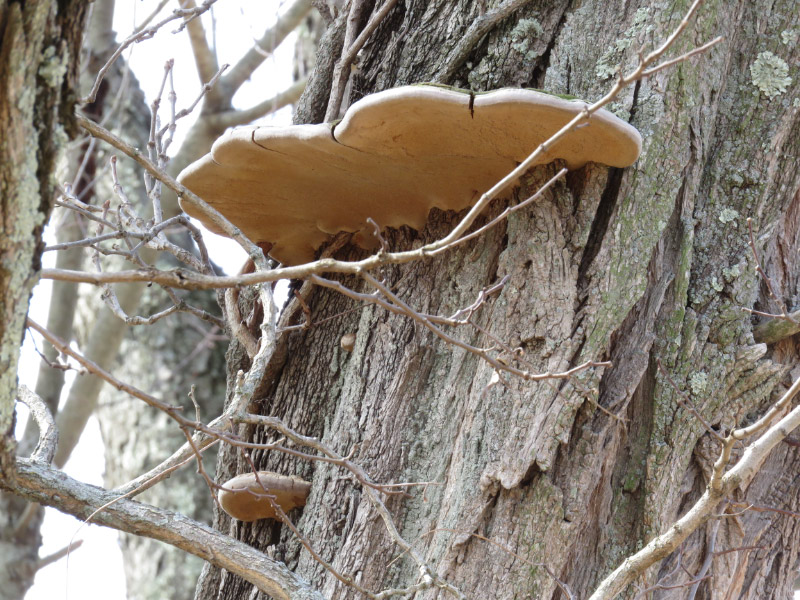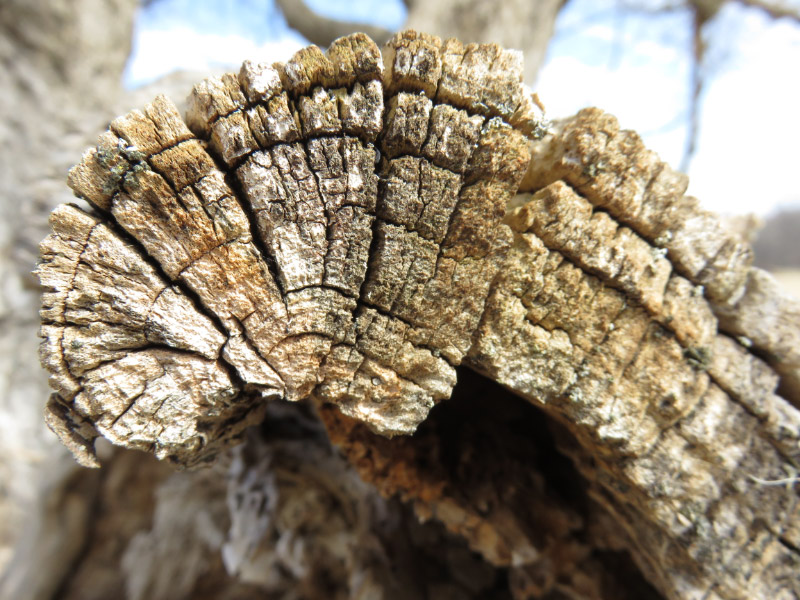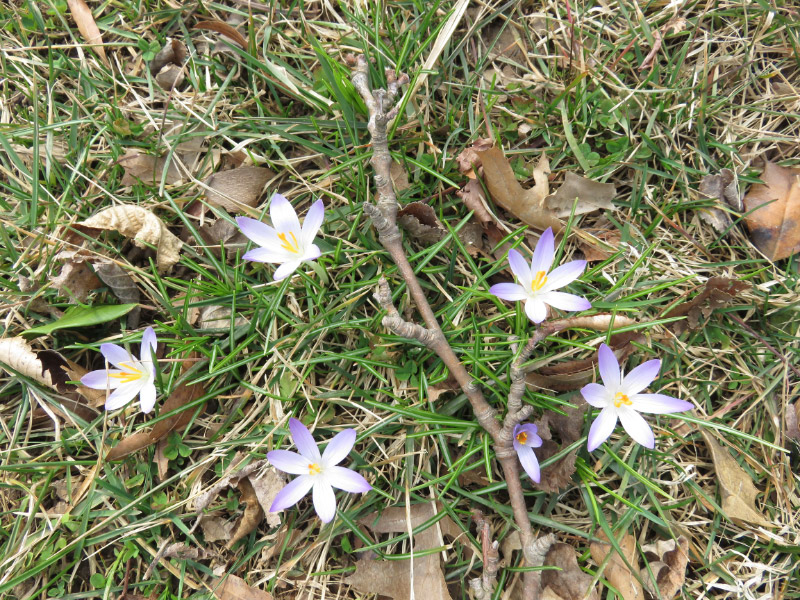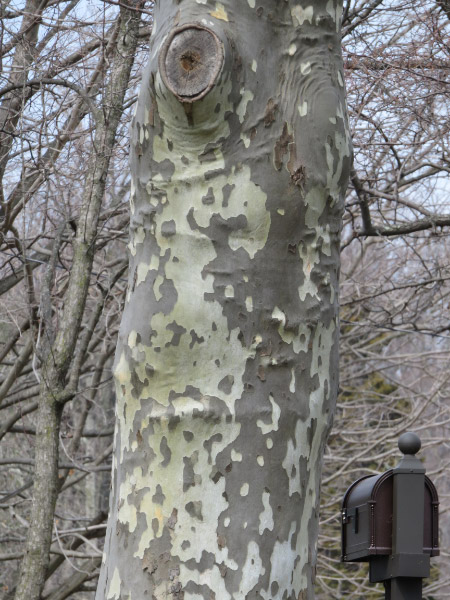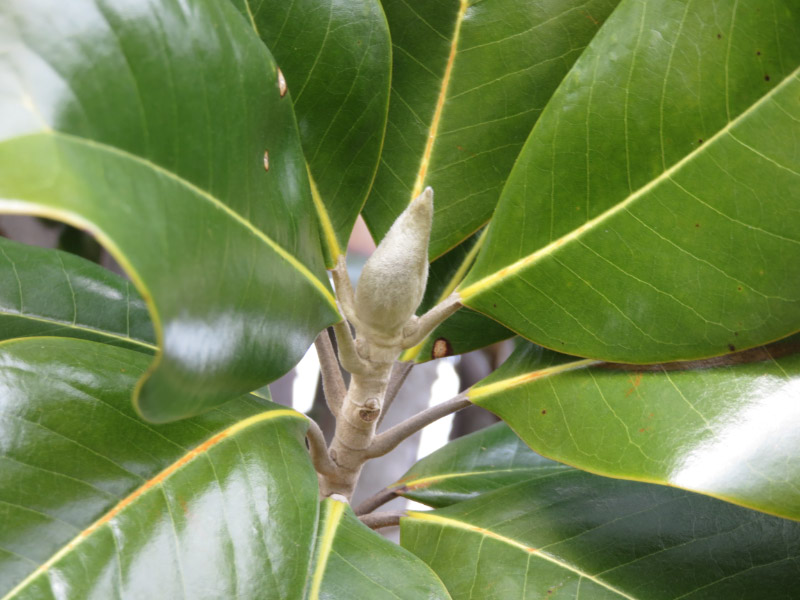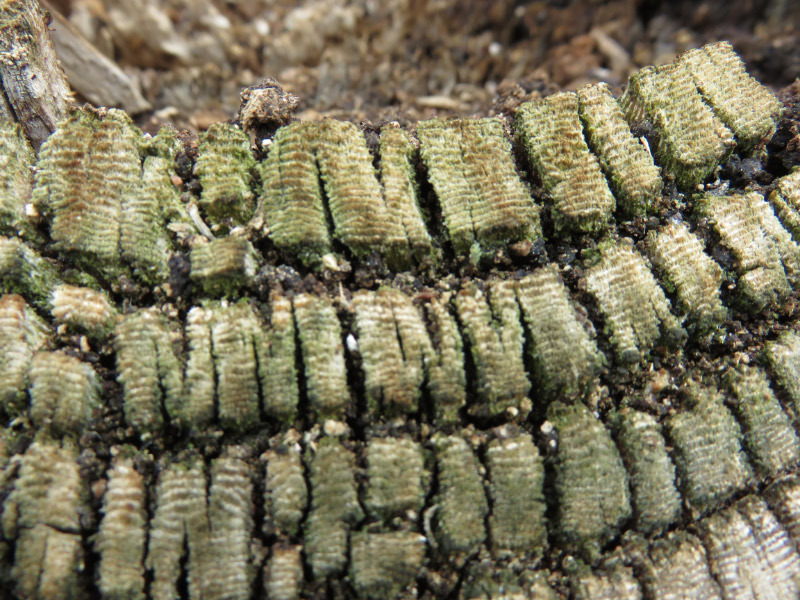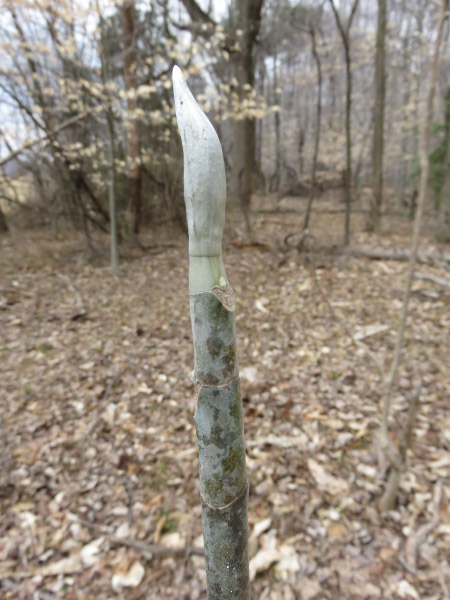Roanoke River National Wildlife Refuge
/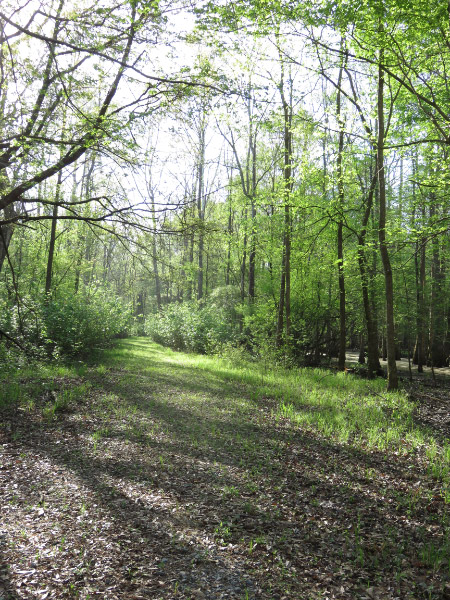 We walked through a bottomland hardwood forest on The Kuralt Trail in the Roanoke River National Wildlife Refuge back in April.
We walked through a bottomland hardwood forest on The Kuralt Trail in the Roanoke River National Wildlife Refuge back in April.
The trail was an old logging road - raised above the water level with dirt taken from barrow pits along the road (most of the pits were filled with water there. There were cypress trees - standing and stumps left from the logging era. Do you see the knees? There is also a waterline evident on some of the trees. The dams upstream release water periodically and flood this area. Without the dams, the high water would rise and fall more rapidly rather than standing so the flood line is an indicator of our management of the river.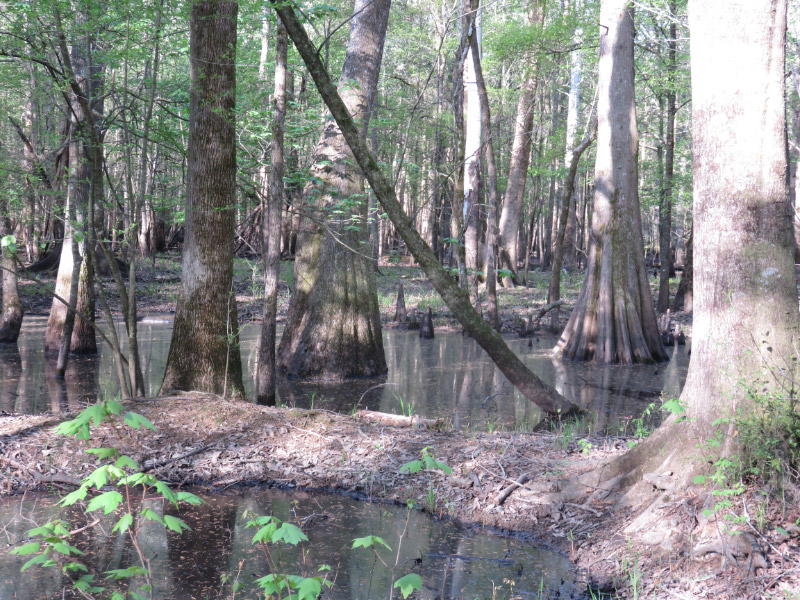
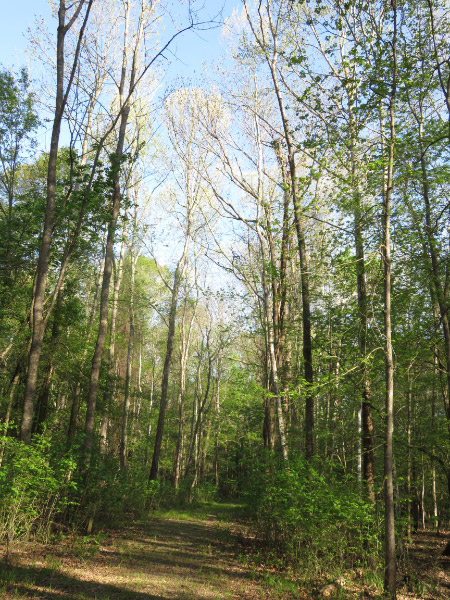 It was a cool enough morning that the insects were not abundant. The birds were noisy but too mobile to photograph. The forest was just leafing out so there was dappled light rather than the dense shade of summer.
It was a cool enough morning that the insects were not abundant. The birds were noisy but too mobile to photograph. The forest was just leafing out so there was dappled light rather than the dense shade of summer.
I took many pictures of shelf fungi - as usual when I walk in a forest.
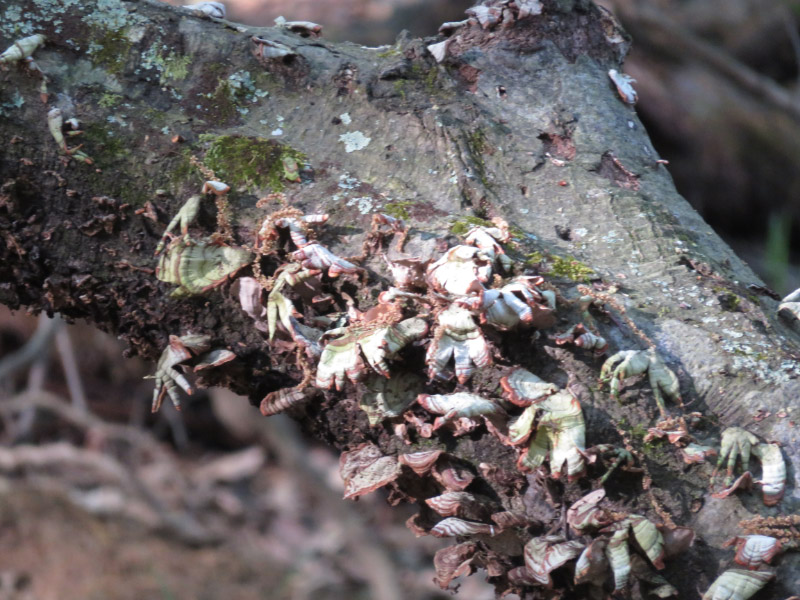
I couldn’t resist the spring green and clear blue sky photo either!